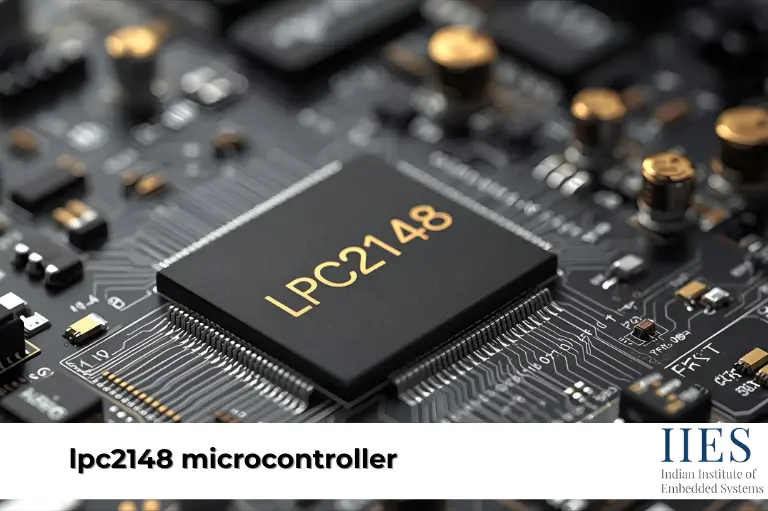
The LPC2148 microcontroller is a versatile and powerful device widely used in embedded systems, IoT, and electronics projects. Its rich features, energy efficiency, and high performance make it an ideal choice for beginners and professionals alike.
LPC2148 is a 32-bit ARM7-based microcontroller offering high-speed performance, low power use, and flexible memory options, perfect for embedded and IoT applications.
The LPC2148 microcontroller offers a range of benefits that make it perfect for both beginners and professionals. Its combination of high performance, low power consumption, and versatile features makes embedded system development easier and faster.
This microcontroller comes packed with powerful features that enhance its speed and reliability. From built-in memory to advanced timers and USB support, LPC2148 microcontroller features are designed to handle complex applications efficiently.
ARM7 LPC2148 microcontroller is a trusted processor architecture used worldwide in embedded systems. Its high performance, energy efficiency, and compatibility with various devices make LPC2148 a reliable choice for innovative projects.
By using ARM7, arm lpc2148 combines strong computing power with energy efficiency, making it ideal for students, hobbyists, and professional developers.
LPC2148 microcontroller projects cover many real-world applications, from IoT devices to robotics. Its versatility allows developers to create projects that require precise timing, low power consumption, and seamless connectivity.
These applications benefit from lpc2148 microcontroller architecture versatility, high-speed processing, and low power consumption.
Understanding the internal components of LPC2148 helps developers maximize its potential. CPU, memory, timers, and communication modules work together to deliver smooth and efficient operation.
Getting started with LPC2148 can be simple with the right approach. By following basic guidelines and experimenting with small projects, beginners can quickly build confidence and practical skills.
The lpc2148 controller is a high-performance, low-power, and feature-rich device ideal for embedded systems and IoT projects. Its ARM7 architecture, versatile memory, PWM, timers, and easy programming make it perfect for both beginners and professionals seeking reliable, efficient solutions.
It is used in IoT devices, robotics, consumer electronics, and data acquisition systems for precise timing and low-power operations.
Features include ARM7 architecture, built-in memory, PWM support, timers, USB connectivity, and low-power modes.
It offers better energy efficiency, versatile memory, and faster processing suitable for complex embedded applications.
Yes, it provides up to six PWM outputs and 32-bit timers for precise control of devices.
Flash memory ranges from 32 kB to 512 kB, and RAM ranges from 8 kB to 40 kB.
Yes, it has IDLE and Power Down modes, making it energy-efficient for battery-powered devices.
Indian Institute of Embedded Systems – IIES